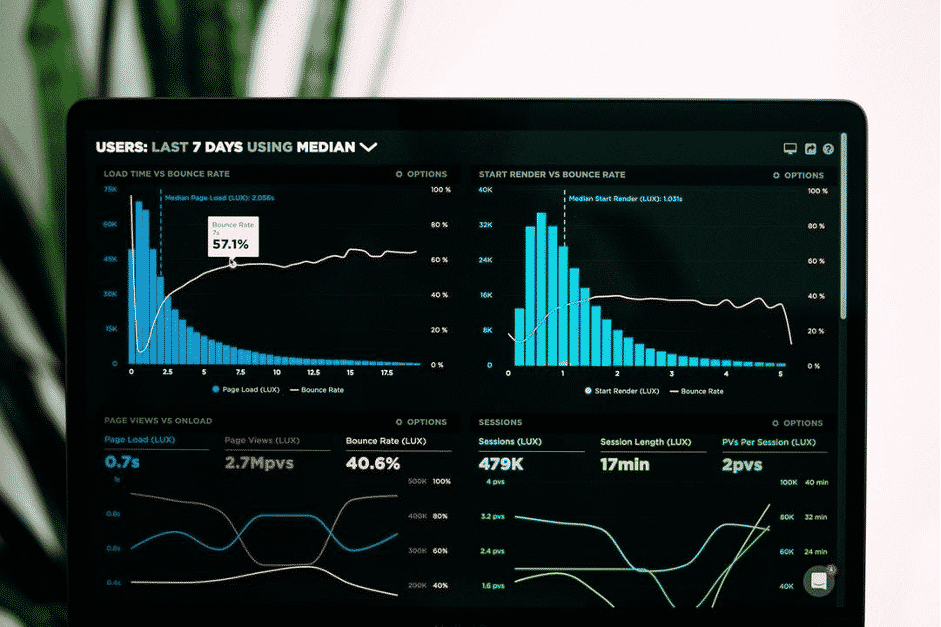Have you noticed the level of emphasis enterprises have been putting into big data analysis in recent years? It’s a wonder that business owners haven’t started speaking in numbers.
Whether or not you’re a numbers person, if you’re a small business owner, it’s important to have a business intelligence (BI) infrastructure, and data virtualization is at the heart of every great BI system. Continue reading to learn why you need to implement data virtualization in your BI endeavors.
1. Make your data more secure.

When working with multiple data sources such as data warehouses, data lakes, and other disparate sources, data movement can be difficult and insecure. The fact of the matter is that there are cybercriminals waiting in the shadows for the opportunity to access your sensitive data and use it for their benefit.
Data virtualization software makes it easier than ever to secure data whether you’re moving it, storing it, or manipulating it. Data governance is critical to the security of your business intelligence infrastructure, and a data virtualization tool is one of the best ways to secure your BI infrastructure.
2. Data virtualization makes it faster, easier, and cheaper to access and move data.

Data is invaluable, and if you don’t believe it, you should do some research on how much capital companies invest in data services. One of the hardest things about getting valuable information from historical and real-time data is that it can be expensive and time-consuming, which kind of defeats the purpose of data analytics.
One of the best things about data virtualization is that it makes data movement and data access much easier. Indeed, there are data virtualization tools that even people who aren’t data scientists can learn to use and benefit from them.
With data virtualization software, you can integrate business data from disparate data sources and transform them into a single format that’s easy to understand and move. Furthermore, you can virtualize different source systems such as data lakes, data warehouses, and virtual databases.
Data integration solutions should make data more simple to access and understand for the people who need the data most for decision-making. The quicker and cheaper your system is, the better chance you have of utilizing data in a way that gives you a competitive edge.
3. Reduce data redundancy and inconsistency.

One of the best things about data virtualization technology is that you don’t have to worry as much about data redundancy. When you replicate data, you increase the risk of data errors exponentially because you can end up with multiple sets of the same data in different sources.
Data virtualization allows for data integration into a single source where you can ensure the integrity of your business data. It’s critical to have a single point of access for your data rather than having replications of the same data scattered throughout various data sources.
4. Data virtualization enhances the insights you can get from data.

ETL processes are expensive and time-consuming, and in comparison to a data virtualization platform, can actually be detrimental to your business data needs. By transcending data silos and allowing you to perform different types of analytics, from streaming analytics to predictive analytics, you can get better and more in-depth insights into your market and operations than ever before.
Business users don’t love big data because they’re in love with numbers. The only reason analytics have become as popular now in the business world is the results you can get from them. With data virtualization tools, you have more control over your data and the ability to access these enhanced insights in real-time.
Business moves at the speed of light, meaning you need a business intelligence infrastructure that can provide you with valuable insights in real-time. Data virtualization makes data management and data integration more time, energy, and cost-efficient while also making data safer and analytics more insightful. Big data is changing the way we do business, and data virtualization software is changing the way we manipulate big data.
